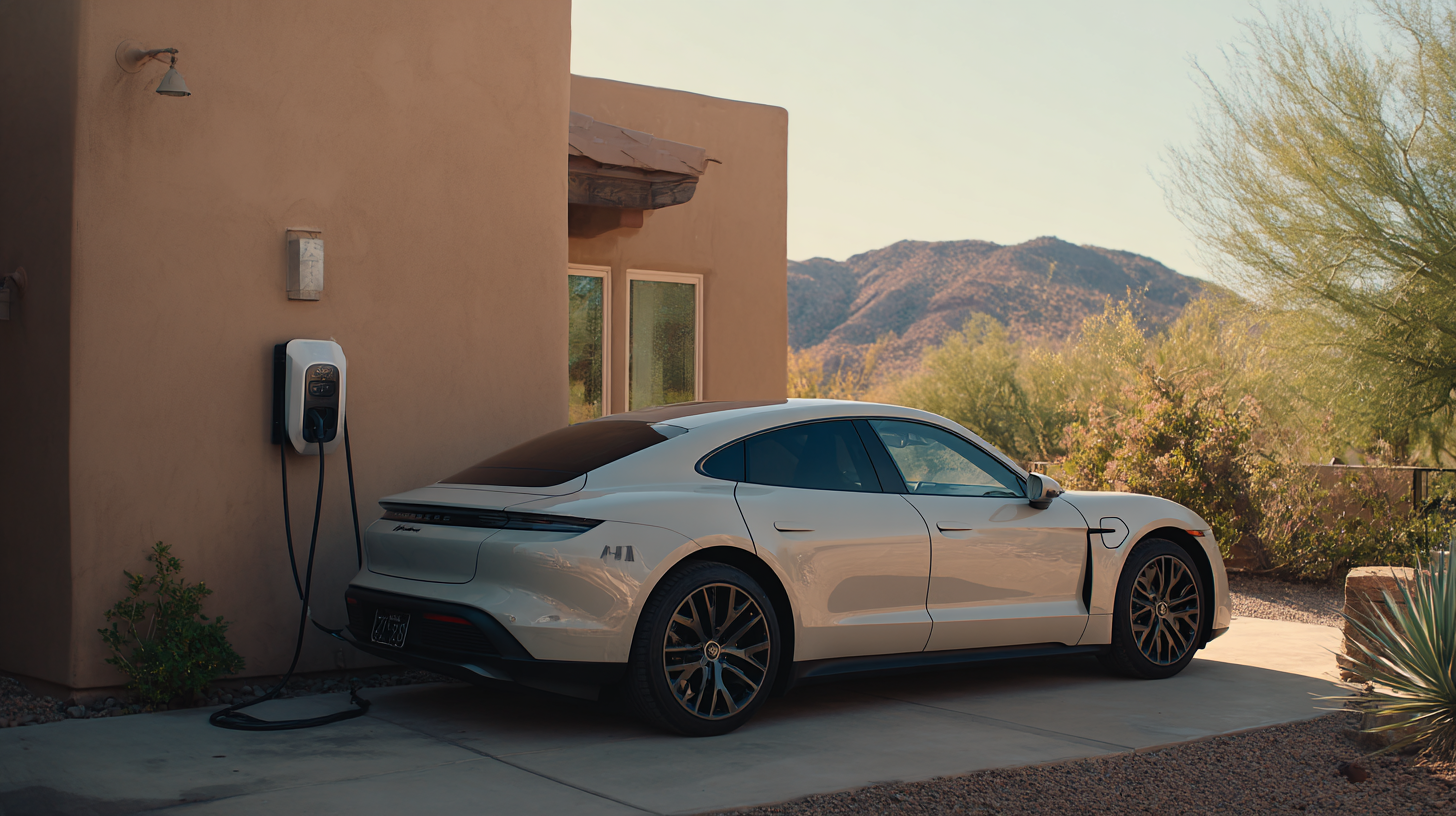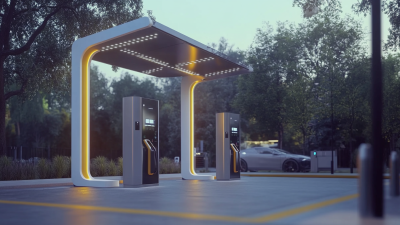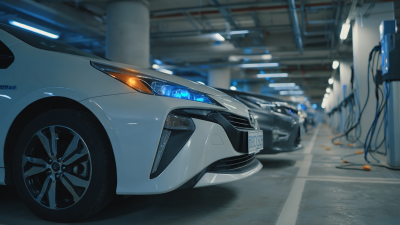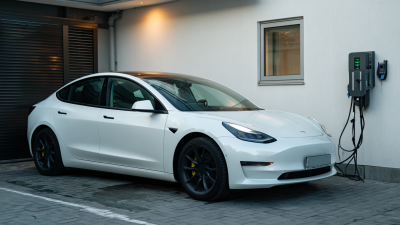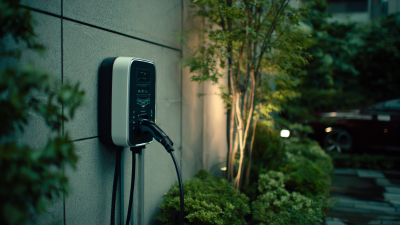As electric vehicle (EV) adoption continues to surge, maximizing your home's efficiency with solutions like Wallbox Charge has become increasingly essential. According to a recent report by the International Energy Agency, the global number of electric cars surpassed 10 million in 2020, with projections indicating that this figure could reach 30 million by 2025. Home charging solutions are critical in this transition, as they provide convenience and efficiency for EV owners.
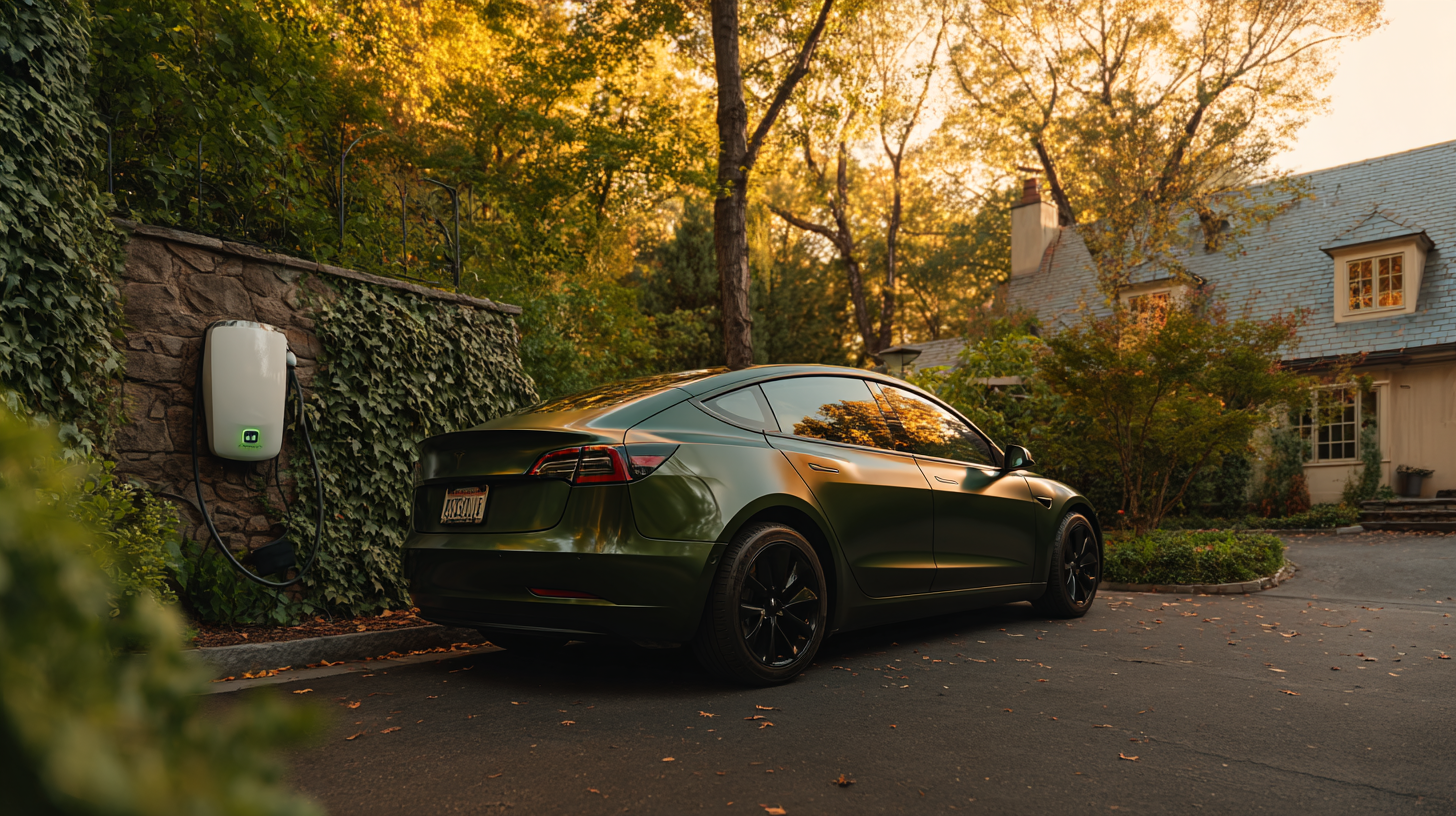 Wallbox Charge not only enhances the charging experience but also optimizes energy consumption through smart technology that can integrate with home energy systems. With smart grids and renewable energy sources leading the way for sustainable practices, households can leverage Wallbox Charge to reduce energy costs while contributing to a greener future. This comprehensive guide will explore various EV charging solutions, highlighting the benefits and efficiencies that Wallbox Charge brings to homeowners seeking to embrace the electric vehicle revolution.
Wallbox Charge not only enhances the charging experience but also optimizes energy consumption through smart technology that can integrate with home energy systems. With smart grids and renewable energy sources leading the way for sustainable practices, households can leverage Wallbox Charge to reduce energy costs while contributing to a greener future. This comprehensive guide will explore various EV charging solutions, highlighting the benefits and efficiencies that Wallbox Charge brings to homeowners seeking to embrace the electric vehicle revolution.
As electric vehicle (EV) adoption accelerates, understanding wallbox charge technology becomes critical for homeowners looking to maximize energy efficiency. Bidirectional chargers, such as the recently introduced models, offer homeowners unparalleled control over their energy usage. With these systems, EV owners can not only draw power from the grid to charge their vehicles but also return energy back to their homes, effectively functioning as energy storage solutions. This capability can significantly reduce reliance on grid electricity during peak hours, potentially lowering energy costs by up to 30%, as evidenced by industry reports on smart energy management.
Recent developments also highlight the advancements in wallbox technology tailored for specific EV models, which enhance user experience and affordability. For instance, new partnerships have led to the unveiling of cost-effective management solutions for EV charging stations, making them accessible to a broader audience. Reports indicate that over 70% of EV owners consider the installation of a home charger essential for convenience and overall satisfaction with electric vehicle ownership. This trend underscores the importance of integrating advanced charging solutions into residential energy systems, enabling homeowners to fully leverage the benefits of electric vehicles while contributing to a more sustainable future.
| Charging Solution | Power Output (kW) | Charging Time (hours) | Smart Features | Installation Type |
|---|---|---|---|---|
| Level 2 Home Charger | 7.2 | 4-8 | Wi-Fi Connectivity, App Control | Wall-Mounted |
| DC Fast Charger | 50 | 0.5-1 | Real-time Monitoring, Remote Scheduling | Free-Standing |
| Level 1 Charger | 1.4 | 12-20 | Basic Chargers, No Smart Features | Plug-in |
| Home Energy Management System | Varies | N/A | Load Balancing, Energy Monitoring | Integrated with Home Network |
Installing a Wallbox charger at home offers numerous benefits that enhance both convenience and efficiency for electric vehicle (EV) owners. According to a report by the International Energy Agency (IEA), the global electric vehicle market is anticipated to grow at a compound annual growth rate (CAGR) of 29% from 2020 to 2025. This significant increase in EV adoption emphasizes the need for accessible and efficient charging solutions. A Wallbox charger streamlines the charging process, allowing users to power their vehicles overnight or during off-peak hours, ultimately leading to cost savings on energy bills.
Moreover, the advantages extend beyond mere convenience. According to a study by the US Department of Energy, charging an electric vehicle at home can be up to 80% cheaper than using public charging stations, particularly when utilizing time-of-use rates. This not only maximizes the efficiency of charging but also encourages more consumers to adopt electric vehicles as a sustainable transportation option. With features such as smart charging capabilities and integration with home energy management systems, Wallbox chargers not only provide practical benefits but also contribute to a greener lifestyle.
This chart illustrates the benefits of installing a Wallbox charger at home by comparing energy savings, charging time, and environmental impact.
When considering EV charging solutions for your home, understanding the different types of Wallbox chargers can greatly enhance your experience. Wallbox chargers come in various forms, including Level 1, Level 2, and DC fast chargers. Level 1 chargers typically utilize a standard household outlet, making them convenient for overnight charging, though they may not be the fastest option. In contrast, Level 2 chargers require a dedicated circuit and significantly reduce charging time, making them ideal for daily use. DC fast chargers, while more commonly found in public settings, offer rapid charging capabilities, allowing you to quickly top up your EV battery during short stops.
**Tip:** When selecting a charger, assess your daily driving habits and the available power supply in your home to choose the most efficient option. Installing a Level 2 charger can often be a worthwhile investment, providing you the convenience of charging at home without long wait times.
Another aspect to consider is the smart technology integrated into many Wallbox chargers. Some models offer features like Wi-Fi connectivity, allowing you to monitor charging sessions and receive updates directly to your smartphone. Others support energy management systems that can optimize charging times based on electricity rates, helping you save on energy costs.
**Tip:** Look for Wallbox chargers that provide smart features to enhance usability and cost-efficiency. These chargers can be programmed to charge during off-peak hours, maximizing your home's overall energy efficiency while ensuring your EV is ready when you need it.
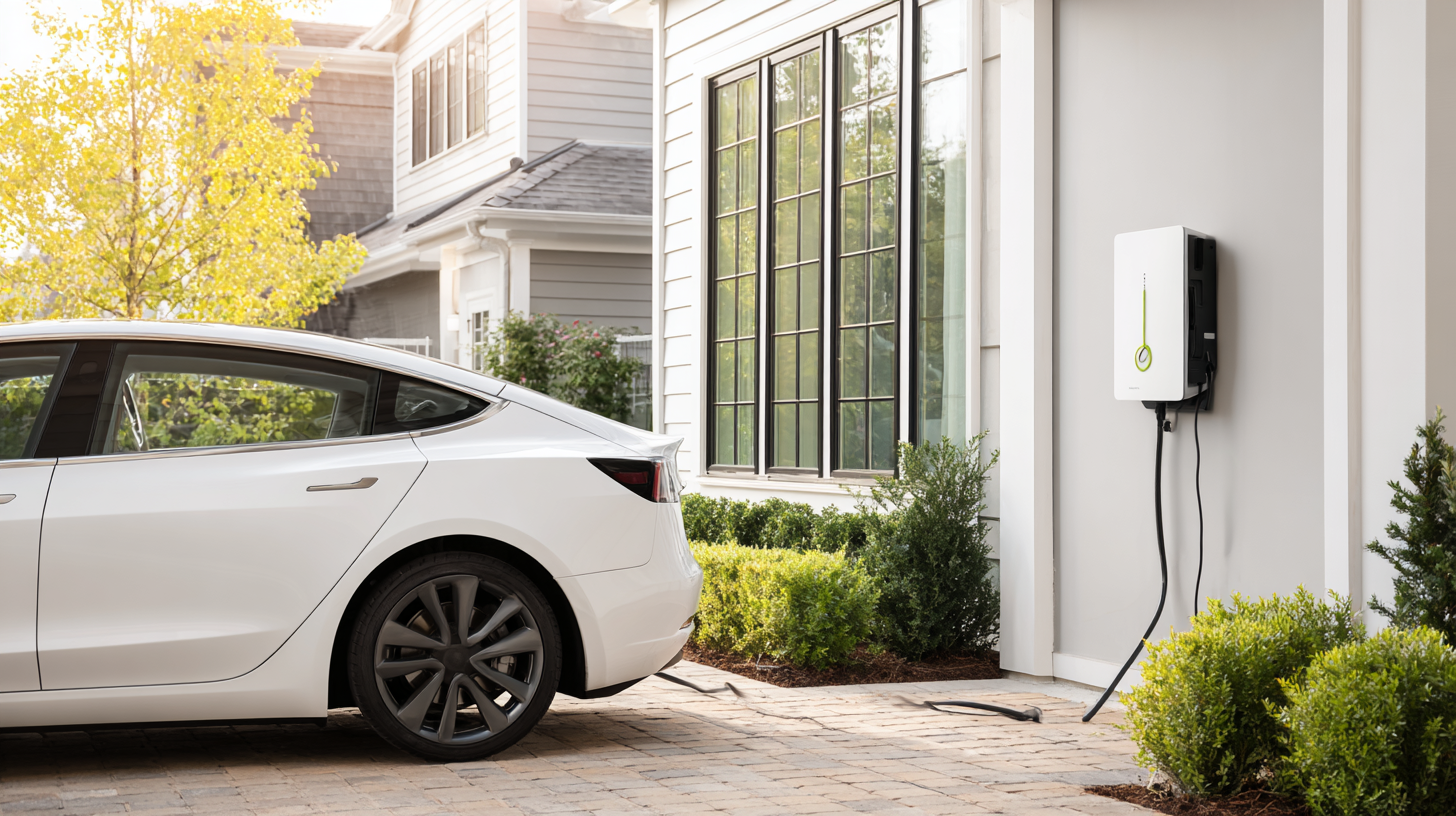
When it comes to choosing the right Wallbox charger for your electric vehicle (EV) and home, several factors come into play.
First, consider the power compatibility of your EV model. Different electric vehicles support varying levels of charging power, so it's crucial to select a Wallbox that aligns with your car’s specifications. For instance, some vehicles may require a Level 2 charger, which provides faster charging compared to a standard Level 1 charger. By understanding your EV's needs, you can enhance charging efficiency and minimize downtime.
Next, evaluate your home's electrical system to ensure it can accommodate the Wallbox charger. A licensed electrician can help assess the capacity of your home's electrical panel and determine if upgrades are necessary.
Additionally, think about the placement of the charger. Installing the Wallbox in a conveniently accessible area, such as a garage or carport, can significantly improve the usability of the charger. With the right Wallbox selection, you can not only power your EV effectively but also maximize your home's energy efficiency.
As electric vehicles (EVs) become increasingly popular, optimizing your home energy use with a dedicated EV charging solution is essential. One effective way to do this is through the use of a Wallbox charger. The recent news about a prominent investment firm facilitating the listing of a notable charging equipment manufacturer highlights the growing importance of efficient charging solutions in today's market.
To maximize your home's energy efficiency when using a Wallbox charger, consider scheduling your charging sessions during off-peak hours. This not only helps reduce energy costs but also lessens the load on the grid during peak demand times. Additionally, pairing the charger with solar panel systems can enhance energy self-sufficiency, allowing you to utilize renewable energy for your vehicle.
Another tip is to explore the various charging modes available through the Wallbox system. By selecting the most appropriate charging level based on your vehicle's requirements and your daily driving habits, you can ensure efficient energy use while maintaining the health of your EV's battery. Embracing these strategies will help you create a smarter, more energy-efficient home for electric vehicle charging.
